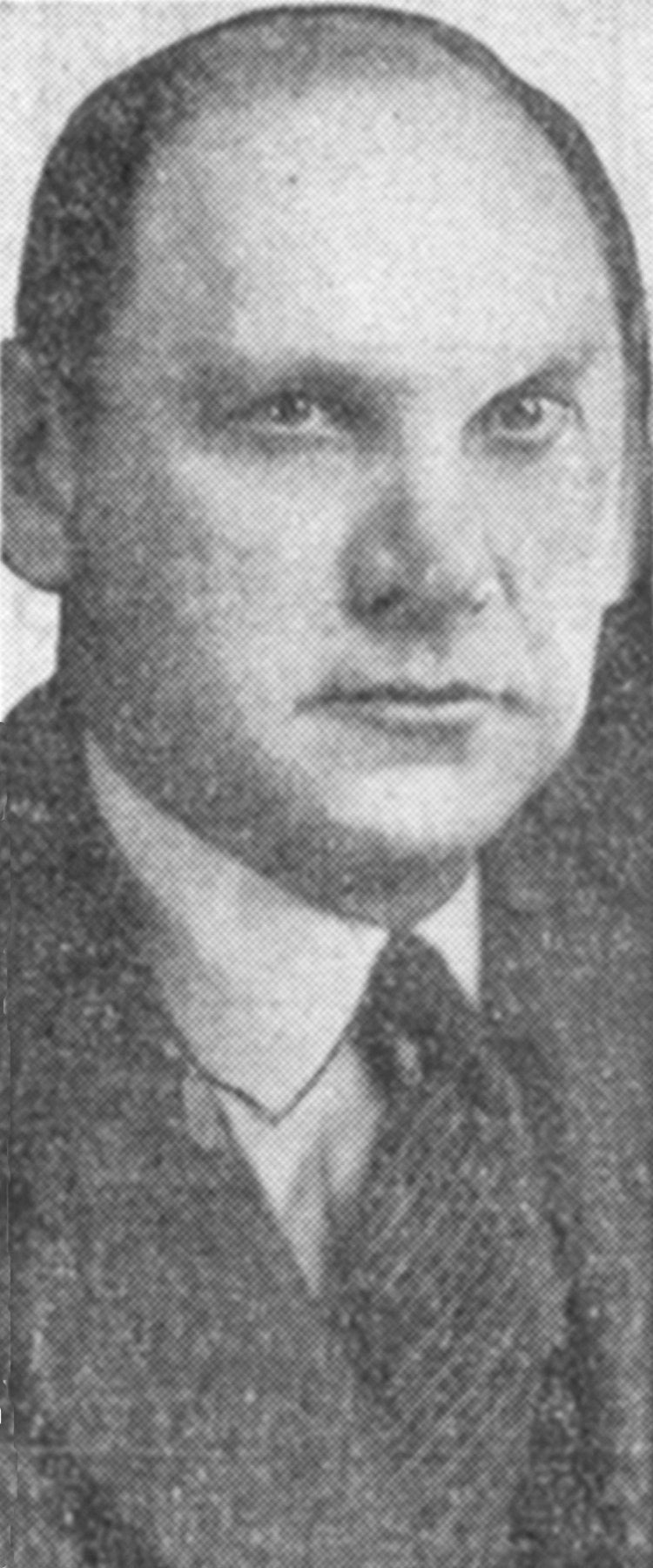Charles Zeller Klauder was born in Philadelphia in 1872. He first started work in an architectural firm at the age of fifteen, while a student in architectural studies at the Pennsylvania Museum and School of Industrial Art.
He worked as a draftsman and as an associate for many prestigious Philadelphia firms, including those of T.P. Chandler, Cope & Stewardson, and Horace Trumbauer. In 1911, after eleven years in the firm of Day Brothers, Klauder’s name was added to the letterhead of that firm. With the retirement of H. Kent Day two years later, the firm became Day and Klauder, a name retained by Klauder even after the death of Frank Miles Day in 1918. Not until 1927, having fully established himself as a talented architect, did Klauder practice under his own name alone. During his career, Klauder won numerous awards and served as president of the Philadelphia chapter of the American Institute of Architects.
The firm of Day and Klauder received commissions on the campuses of Princeton University, Cornell University, Penn State University, the University of Colorado, Wellesley College, the University of Delaware, Yale University, Johns Hopkins University, and New York University. Most of these college buildings designed by Day and Klauder were in the English Gothic style.
After the death of Frank Miles Day in 1918, the firm of Day and Klauder was commissioned by the University of Pennsylvania to build Franklin Field (1922, 1925), the Palestra and the Hutchinson Gym (1926-1928), and the Coxe (1926) and Sharpe (1929) Wings of the University Museum. At Penn, Klauder also worked on the Quadrangle dormitories and, in 1922, alterations to Weightman Hall (built by Frank Miles Day in 1903-1904).

